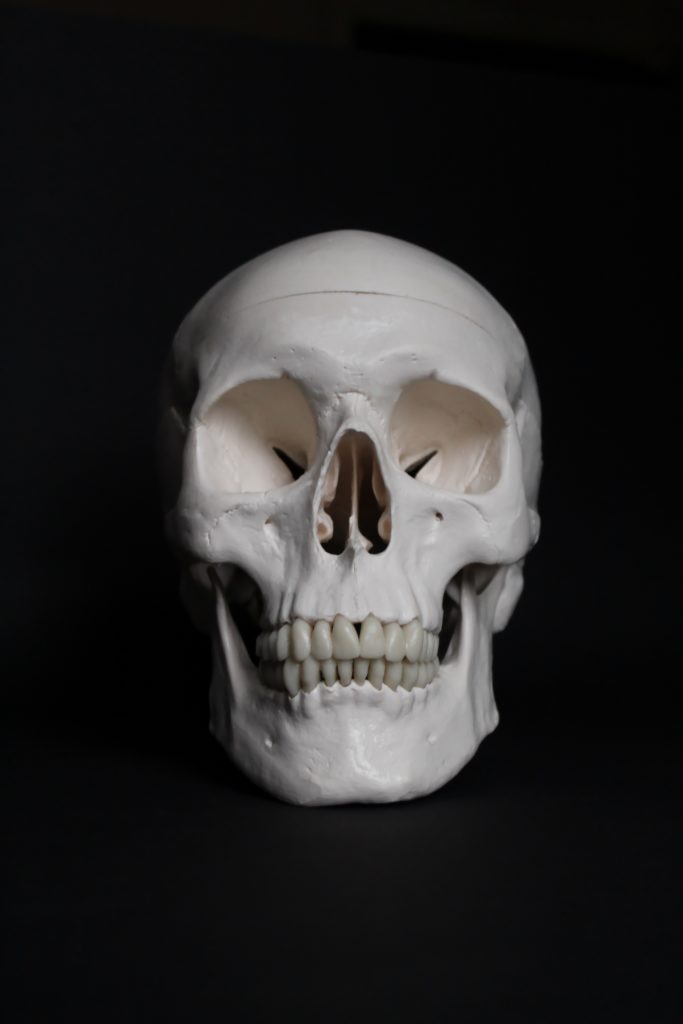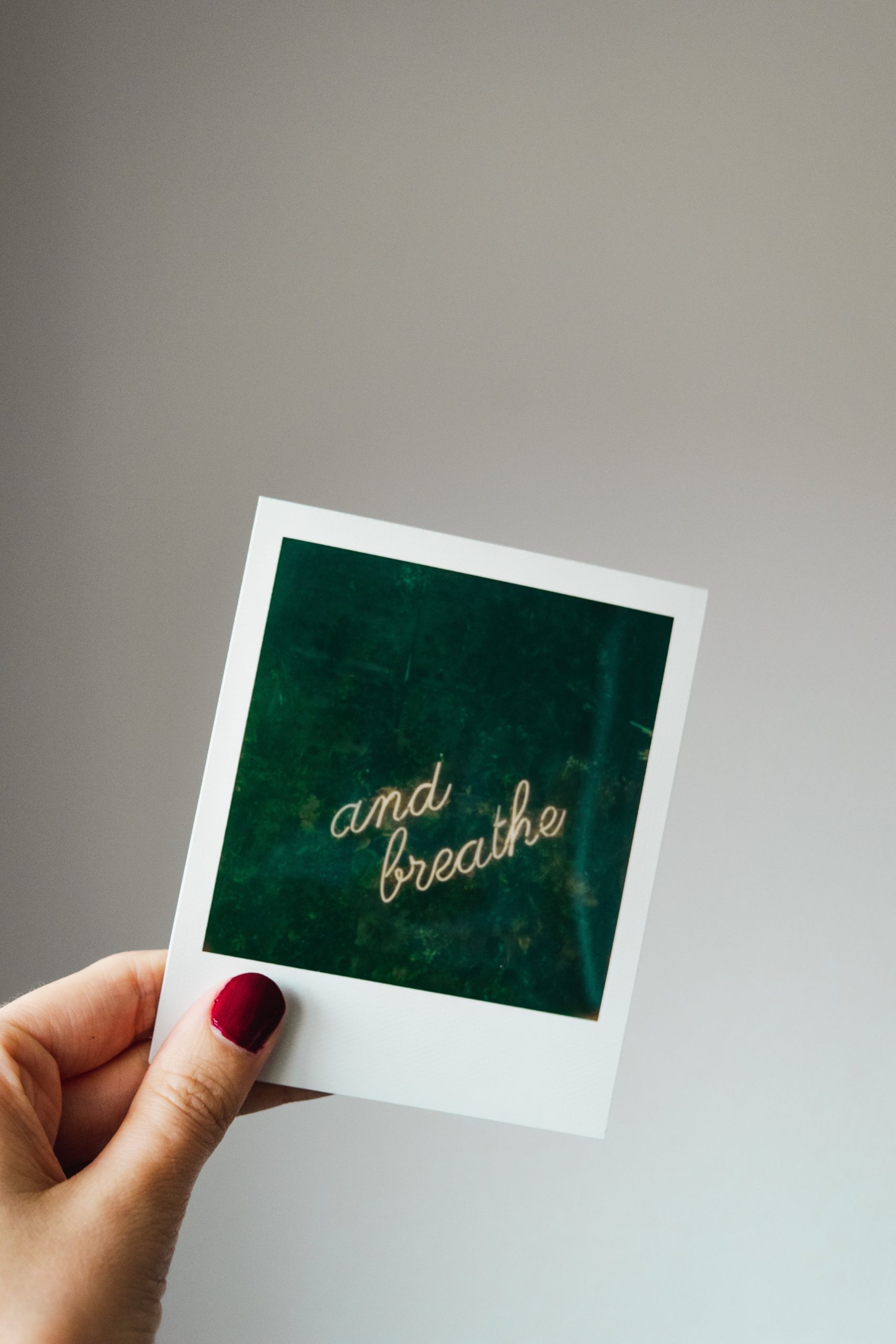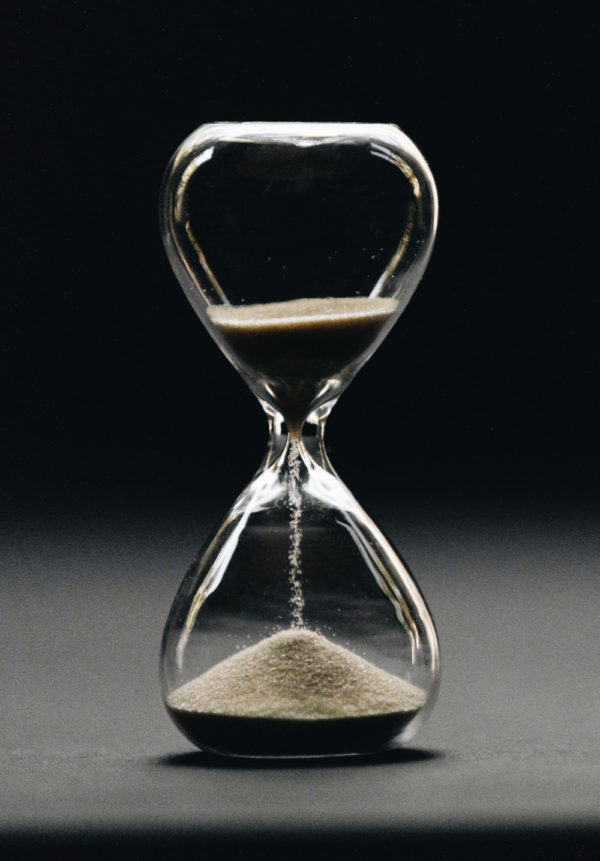My intention is to increase your awareness about the importance of breathing and the role it plays in almost all aspects of our lives. We do not need to be rocket scientists to understand the basics of breathing. I have covered a lot of ground in the first article already. However, it does not do any harm to dig a little deeper in some areas.
Recap
In the first article I tried to outline the importance of carbon dioxide and the role it plays in the transportation of oxygen to our cells. I went on in exploring why we could have low levels of carbon dioxide in our bodies and established a connection to mouth-breathing.
The three mentioned experts in the field argue, that a switch to calm, deep respiration patterns through nose-breathing involving an active movement of the diaphragm could have tremendously positive effects on your health and well-being. But how did our airways develop in the first place? Which factors could have been counter-productive in our early years?
Jaw-Development
Patrick McKeown tells us that the correct development of the jaw is crucial for the general development of the airways. Especially the maxilla should be wide to give space for the resting tongue. A combination of factors can influence its development. If, for example, the tongue string is too tight then the tongue cannot rest appropriately in the roof of the maxilla.

A baby could then have problems in extracting the milk during breastfeeding. Nature shows us again, that one task covers multiple purposes: besides its nutritional function breastfeeding plays a central role in the manipulation of the facial muscles which in turn contributes to good cranial growth and airways development.
Nutrition and Teeth
When breastfeeding is stopped, we switch to bottles. The disadvantage according to McKeown is, that the amount of effort, the baby must put in to get the liquid out of the bottle, is very reduced. Less muscle activity is involved in this process. The problem continues with soft baby food and can find its peak in our “modern” diet full of processed and soft foods. This eating habit often leads to malocclusion or crooked teeth.
Simply put, in a narrow maxilla, the tongue has too little space and is more prone to fall back into the airway promoting mouth-breathing. And we know that besides the negative effects on jaw development, highly processed foods also contribute to inflammation in our bodies.
„Mind is the king of the senses, breath is the king of the mind and the nerves are king of the breath.“
P.K.S. lyengar
James Nestor confirms these observations. According to the findings in ancient skeletons, our ancestors had perfectly straight teeth, big strong jaws, well trained facial muscles, and beautifully developed airways. Our small mouths and jaws can be traced to a food shift. We switched from tough wild food which involves heavy chewing to soft treats and convenience food with all the negative effects. Powerful chewing has important functions though and can even contribute to stress reduction, especially if you are switching sides during the chewing process.
So, if we ate and lived a little more in line with how nature “constructed” us then we probably would feel much better. Furthermore, an important step could also be to incorporate a kind of breathwork in your daily routine.
Breathing Awareness
The starting point is to raise your awareness for breathing. Concentrate on a deep, slow, and light nose-breathing pattern. James Nestor emphases that slowing down and reducing the numbers of breaths per minute can have substantially positive effects on your health. It makes sense that nose-breathing should be the regular breathing-pattern as opposed to mouth-breathing for a state of emergency. If you slow down breathing through the nose, the amount of oxygen diffused into the cells increases.
Remember the role of CO2 from the first part? He argues that if you could get the number of breaths down from 20 to 6 per minute then approximately 85% of the inhaled oxygen can be used in comparison to 50% with 20 breaths. A reduced wear and tear of your heart, vascular and cardio-respiratory system and less stress for your brain can be among the positive consequences.

Test and Practise
Patrick McKeown recommends the Bolt score to test the likelihood of breathing patterns disorders. Find a video with instructions here. I love his Irish accent by the way. If your score is under 25 seconds do not freak out. You can improve it by the following suggestions. These practices should not only increase your Bolt score but could also result in fitness levels improvements. Please consult your doctor before practising if you have any breathing issues.
- Switch to a calm and light nose-breathing pattern. It is normal to experience a stuffy nose in the beginning. It should go away the more you breathe through your nose.
- Be aware of a good tall posture and understand that a hunched body position will not contribute to a natural and healthy breathing pattern. Check out this article for some useful tips.
- Feel and train your diaphragm through deep breaths: press your thumbs gently in your belly (front side) and try to softly press them out by inhaling. Try it on your dorsal side as well. If you can press out your thumbs it is a good indication that your diaphragm is well involved in your deep breathing.
- If your nose is blocked, it helps me to do the following: breathe in, pinch your nose holes with your thumb and index finger gently, produce a soft air pressure down (like you would do with pressure compensation in diving but more gentle) through the nose on your fingers (the nasal wings should go outward) and hold for a couple of seconds. Then the nose should open. Repeat if necessary.
- Breathe normally in and out through the nose. Pinch your nose and walk until you feel a moderate air hunger. Pause for one minute and then repeat for up to six times.
- Go for a short walk and try only nose-breathing. Slowly increase time and/or distance.
- Consider more exercises by Patrick McKeown by starting here.
- Be aware, feel the breath and take it slow.
- Use breathwork as a method to calm you down.
- Try the 4-7-8 technique from Dr Andrew Weil.

Additional Suggestions
- If you are prone to sleep apnoea talk to your doctor about nasal breathing and whether it could be reasonable to use a mouth tape.
- Be aware of the gap between stimulus and response as Brian MacKenzie recommends. Breathe and choose your response as outlined in part I.
- Think of your breath in your daily activities consciously. Beware that certain activities such as scrolling through social media trigger reactions in your brain. See how these reactions relate to your breathing pattern.
- Incorporate your awareness of breathing in your mobility practise (which should be fun).
- Try to be in the present moment by breathing.
- Practise breathing to calm you down, handle stressful situations and discover the connection between breathwork and anxiety.
Just Try
So, I would like to leave it here. I hope I was able to draw your attention to the importance of breathing. It is such an easy and powerful tool to consciously take control of your awareness, body reactions and emotions. And it is free, and everyone can give a short breathing practise a go. Be aware, it could even give you an unexpected mental boost.
Blog post photo by Michelle on Unsplash
Part I: http://tobiasposch.com/the-importance-of-breathing-i/
This article is based on the works of Dr Ragan Chatterjee and his podcast guests Patrick McKeown, Brian MacKenzie and James Nestor. I am aware that I have not done the citations of the sources as in a scientific article. This was done by intent to facilitate the reading experience. Please find below the links to the three podcast interviews. You will find all the relevant links to the experts’ works there.
Podcast episodes with Brian MacKenzie, Patrick McKeown and James Nestor.




